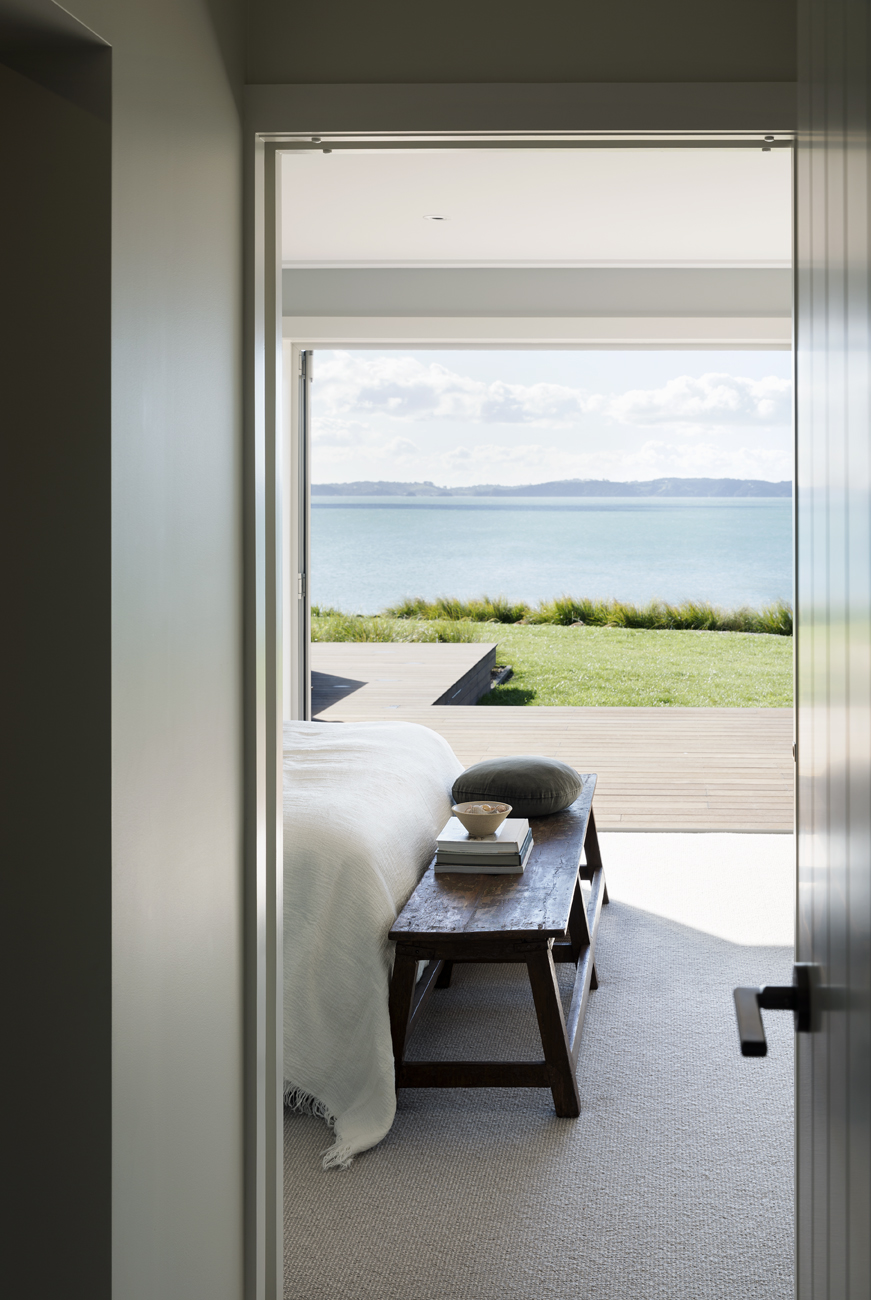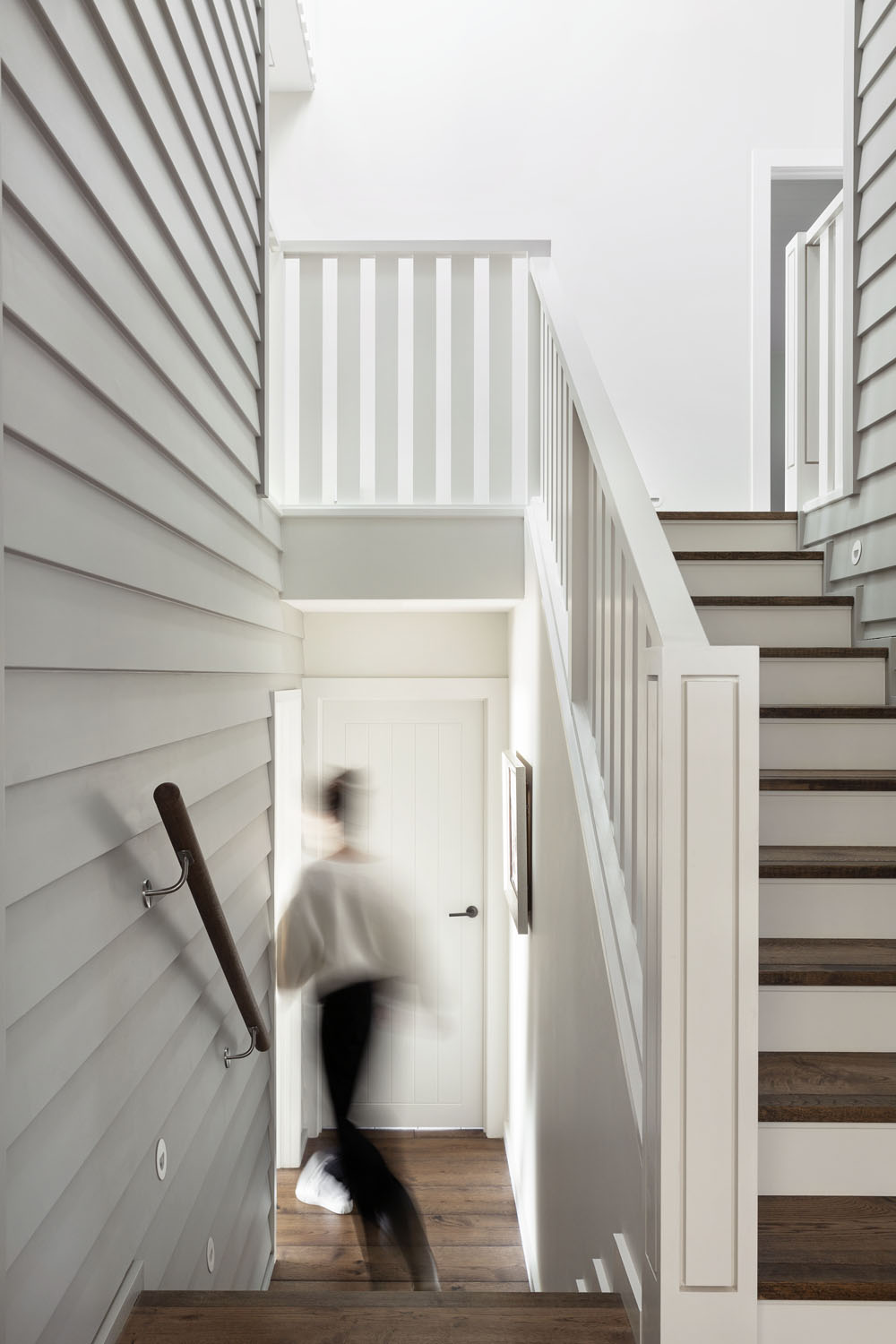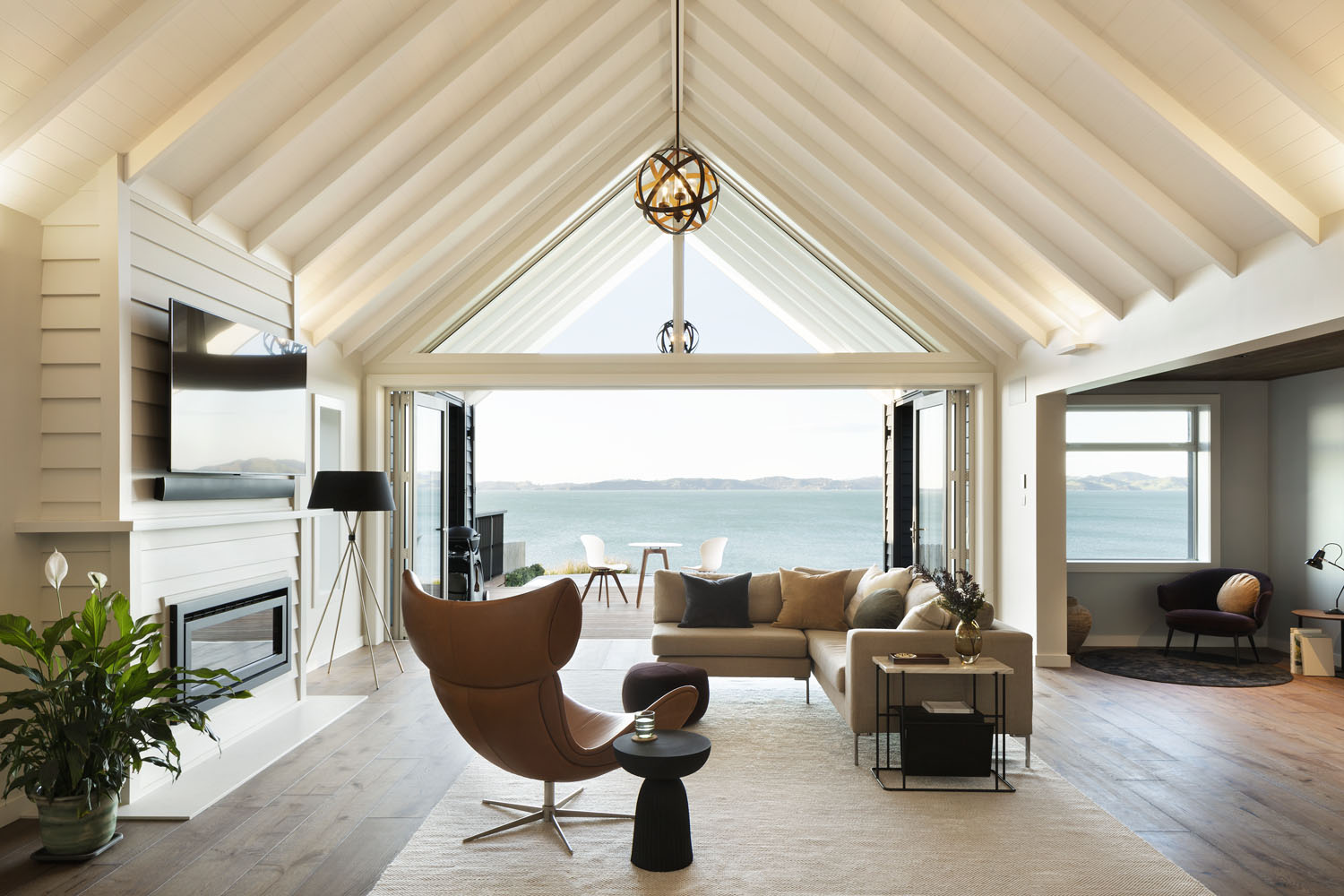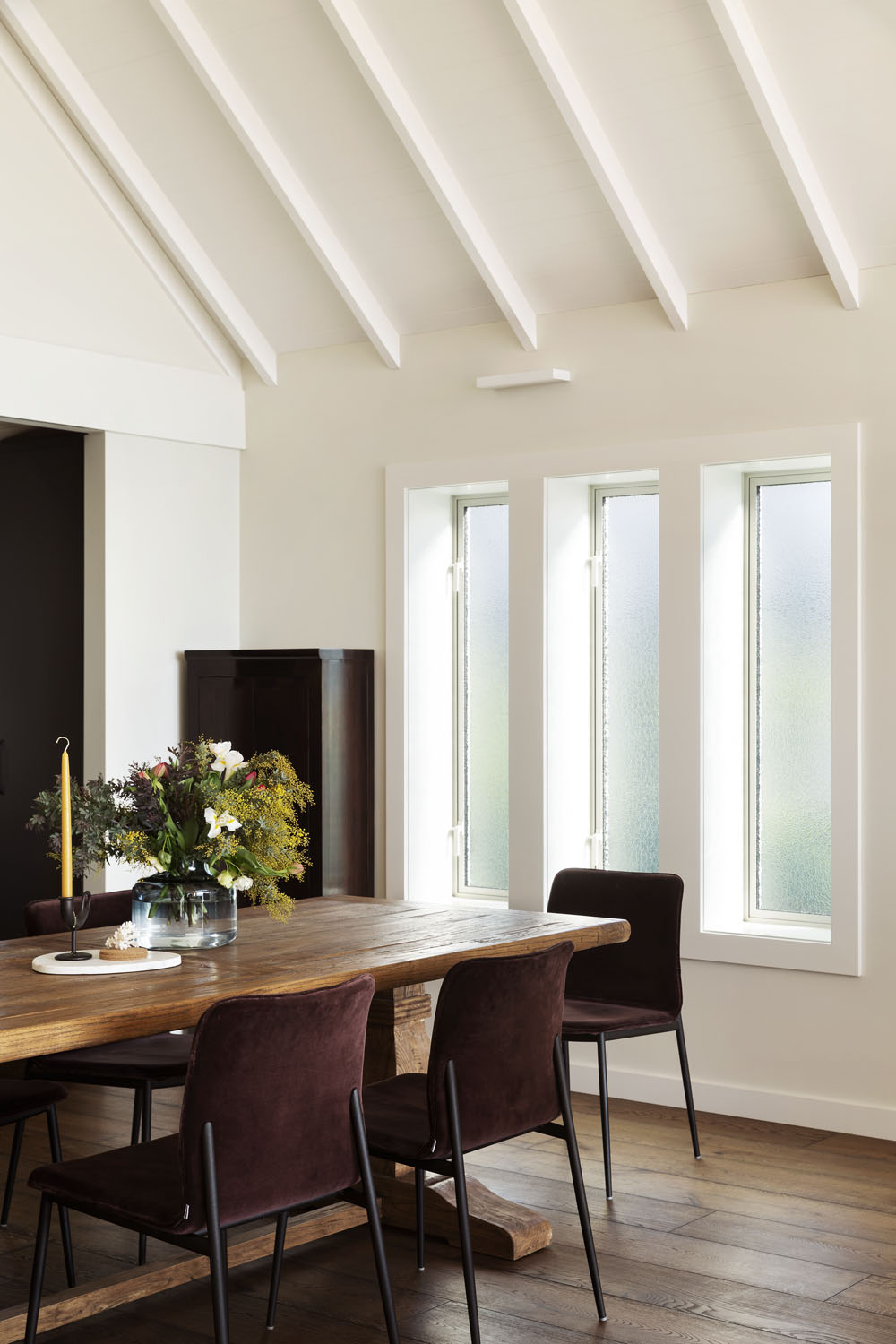Designing for Legacy: Crafting a Home That Tells Your Story and Lasts for Generations
For many of us, our home is far more than just shelter; it's the backdrop for our lives, a repository of memories, and a reflection of who we are. For the visionary professional and entrepreneur, it’s also an opportunity to create something enduring, a space that not only serves your life now but tells your unique story for generations to come.
Designing for legacy isn't about chasing fleeting trends or building the biggest house. It's about thoughtful intention, selecting elements that resonate deeply, and investing in quality that stands the test of time. It's about creating a home where every detail contributes to a narrative of belonging and connection.
Here are five key areas where intentional investment can help you craft a home that truly embodies your legacy.
1. Timeless Design Principles, Not Passing Trends
The most enduring homes often share a common thread: they eschew the "flavour of the month" in favour of classic proportions, thoughtful layouts, and a harmonious balance of form and function. Think about clean lines, generous natural light, openness and enclosure and a logical flow between spaces. These are elements that remain relevant and beautiful regardless of shifting styles. An architect focused on legacy will guide you towards a design language that feels authentic to you and will gracefully age with time, rather than becoming dated.
2. Investing in Quality, Authentic Materials
Just as a beautifully crafted watch or a well-made piece of furniture tells a story of care and skill, the materials in your home speak volumes. Opt for authentic, durable materials like natural timber, stone, brick. These materials not only age beautifully, developing a rich patina over time, but they also contribute to the structural integrity and emotional warmth of your home. They are an investment that pays dividends in longevity, reduced maintenance, and a genuine connection to the natural world.
3. Creating Spaces for Connection and Gathering
A home designed for legacy prioritizes human connection through nurturing family rituals. Consider how your family and friends will interact within your spaces. This might mean an open-plan kitchen and dining area that naturally draws people together, a cozy living room designed for intimate conversation, or a sheltered outdoor space perfect for entertaining. The goal is to create environments that encourage shared experiences, conversation, and the forging of new memories. These are the intangible elements that truly build a family's legacy.
4. Thoughtful Integration with the Landscape
The relationship between your home and its surrounding environment is crucial. A home that feels rooted in its place, rather than simply dropped onto it, possesses a powerful sense of belonging. This involves thoughtful siting to maximize views, integrate with existing trees or natural features, and create seamless transitions between indoor and outdoor living. When your home respects and responds to its natural context, it gains a timeless quality and provides a deeper sense of peace and permanence for those who live within its walls.
5. Prioritizing Adaptability and Future-Proofing
While we design for the present, a home built for generations understands the inevitability of change. Consider how spaces might adapt over time to accommodate growing families, evolving lifestyles, or changing needs. This could involve designing rooms that can serve multiple functions, incorporating accessible design principles from the outset, or planning for future additions that seamlessly integrate with the original structure. An adaptable home ensures its relevance and functionality, allowing it to continue serving your legacy through many life stages.
Building a home for legacy is a journey of deep introspection and careful collaboration. It’s an investment not just in property, but in the story you wish to tell and the environment you wish to create for those who come after you.



